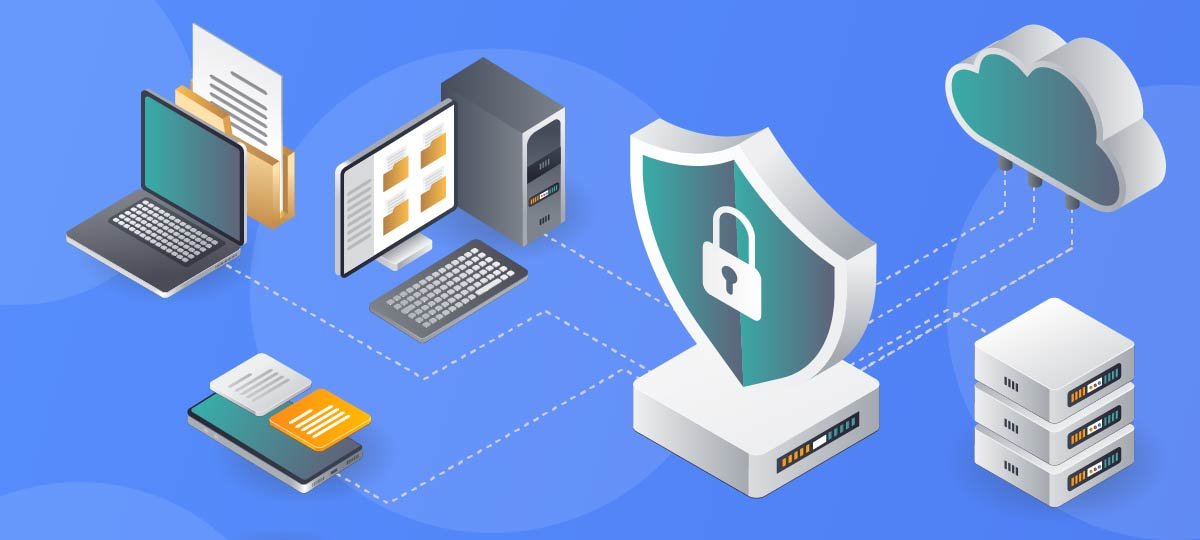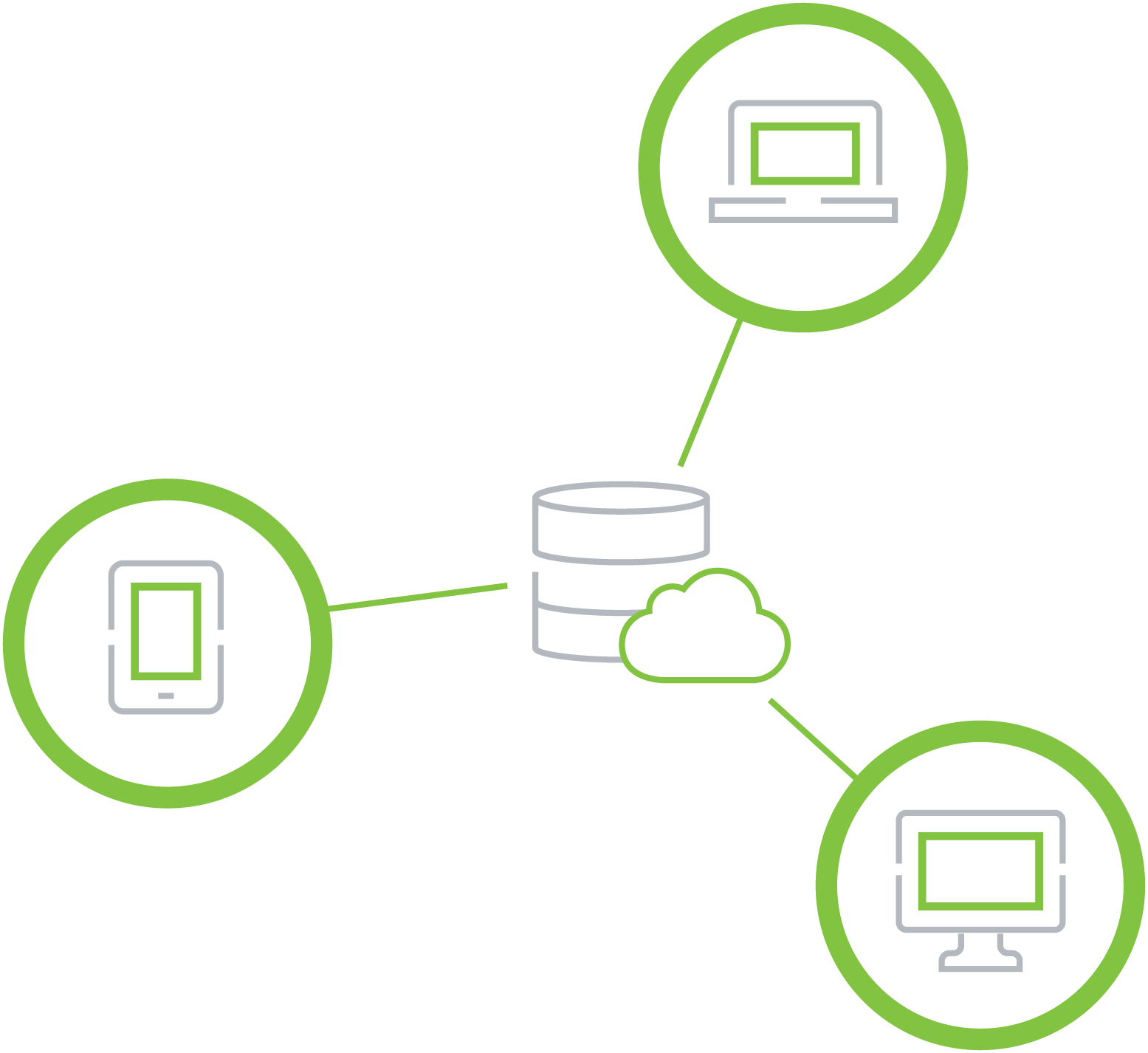As the modern workplace evolves, many organizations are embracing the Bring Your Own Device (BYOD) model, allowing employees to use their personal smartphones, laptops, and tablets to access corporate systems. This flexibility boosts employee productivity and satisfaction, as individuals can work with the tools they are most comfortable using.
However, while BYOD empowers employees, it also introduces significant cybersecurity challenges. Personal devices typically lack the robust security measures found on corporate-managed hardware, making them vulnerable to cyber threats. When connected to company networks, these devices can become easy entry points for attackers, putting sensitive data at risk. In today’s remote work landscape, implementing strong endpoint security is critical to protect both company assets and employee privacy.
Why Endpoint Security is Essential in a BYOD Environment
Effective endpoint security plays a key role in safeguarding corporate data, maintaining regulatory compliance, and supporting remote work flexibility. These solutions defend devices against cyber threats like malware, ransomware, and unauthorized access through consistent monitoring and control.
Technologies such as Mobile Device Management (MDM) and Endpoint Detection and Response (EDR) help secure data across multiple devices by enforcing security configurations and enabling remote management capabilities. Features like encryption, password enforcement, and remote wipe capabilities ensure that sensitive data remains protected—even if a device is lost or stolen.
In regulated industries, compliance with standards such as GDPR, HIPAA, and PCI-DSS is non-negotiable. Endpoint security helps organizations meet these requirements by enforcing policies and continuously monitoring remote devices for compliance, thus preventing potential violations and costly fines.
In practical terms, endpoint security proves indispensable for remote workers, especially sales professionals or executives who travel frequently. Whether connecting from airports, cafés, or home networks, employees can securely access business tools and client data without compromising security—ensuring consistent productivity and protection, no matter where they are.
BYOD Complexities and Security Challenges
While BYOD offers flexibility, it also brings complexity. Employees use a wide range of devices—Windows PCs, macOS laptops, Android phones, and iPads—all with unique vulnerabilities and requirements. For IT teams, managing security across this diversity is a demanding task, requiring constant updates, patches, and custom configurations.
A significant concern is patch management. Unlike corporate devices that automatically receive security updates, personal devices often lack timely maintenance. Users may delay or ignore updates, leaving critical vulnerabilities exposed and creating opportunities for cyber attackers.
Shadow IT—the use of unauthorized applications and cloud services—adds another layer of risk. These tools operate outside the IT department’s visibility, making data monitoring and protection difficult. To address this, organizations need clear communication, strict policies, and employee education to reduce reliance on unsupported technologies.
Enforcing security policies on personal devices is also challenging. Without proper encryption, data transmitted over public Wi-Fi can be intercepted. Enforcing multi-factor authentication (MFA) is often difficult on personally owned devices. Additionally, mixing personal and work data on a single device complicates data separation and further increases the risk of breaches.
To navigate these complexities, organizations must adopt a proactive strategy—combining strong policy enforcement, user awareness programs, and advanced security tools.
Advanced Solutions to Strengthen BYOD Security
To effectively secure BYOD environments, organizations should integrate three critical solutions: Unified Endpoint Management (UEM), Mobile Device Management (MDM), and Endpoint Detection and Response (EDR). Together, these tools form a comprehensive framework for device protection.
UEM offers centralized control over all endpoint devices—smartphones, desktops, laptops, and tablets. It ensures consistent deployment of security policies, updates, and configurations, while also enabling remote administration and enforcing encryption protocols.
MDM focuses specifically on mobile devices, allowing remote tracking, data encryption, password enforcement, and even full data wipe in case of loss or theft. It helps limit app usage to only those approved by IT, reducing exposure to unverified or risky apps.
EDR provides real-time threat detection by continuously monitoring endpoint activity. It alerts security teams to suspicious behavior and enables rapid response before damage occurs. This proactive approach supports employee productivity by ensuring their devices remain secure and compliant without disruption.
By integrating these solutions, businesses can confidently support BYOD policies while protecting their networks, data, and workforce.
Conclusion
As organizations continue to embrace remote work and BYOD, implementing a robust endpoint security strategy is no longer optional—it’s essential. The use of personal devices to access corporate systems increases the risk of data breaches, non-compliance, and financial loss.
By deploying comprehensive solutions like UEM, MDM, and EDR, businesses can secure personal devices without compromising employee freedom or flexibility. Continuous monitoring, real-time threat alerts, and enforceable policies create a secure digital environment for both staff and stakeholders.
Need help developing your BYOD security strategy? Contact us to learn how our Managed Service Provider solutions can help protect your people, devices, and data against the evolving cyber threat landscape.






